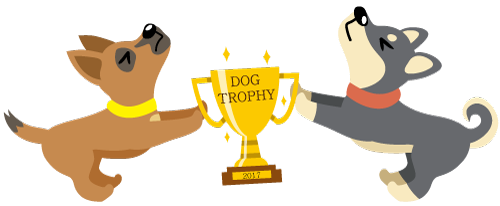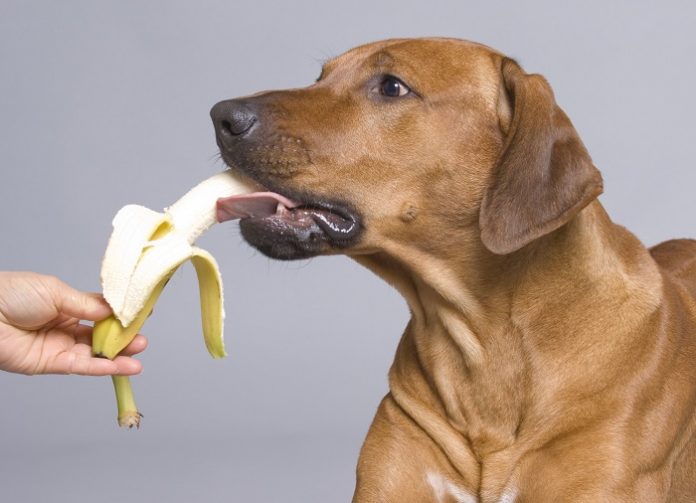Believe it or not, there is a high probability that you are not feeding your dog the right way. When we talk about dog nutrition, we should always keep in mind that all the mistakes we make can lead to health problems as well as obesity.
When we discuss the problem, related to the overweight, it is an alarming fact that as many as half of the dogs in America are facing this problem. We believe that it is difficult for you to remain consistent with yourself and the principles you have established in your pet’s diet, in situations when he begins to look at you pleadingly with his sad eyes and whine as you eat. However, it is necessary to remain persistent because, by following certain rules, you can contribute to the optimal health of your pet.
Mistakes range from giving too many treats to not taking a meal weight measurement, and we have listed for you the seven most common mistakes owners make when feeding their dogs:
1. You leave a full bowl of food all the time – This mistake refers to free access to food that involves filling the bowl every time you notice it is empty and letting your pet eat whenever it wants. Every dog will eat whenever food is available to him, so it is unrealistic to expect him to determine for himself how much is enough for him. With this approach, it is inevitable that the dog will eventually gain extra pounds.
2. Too many treats – We all want to let our pets know how special they are to us and what they mean in our lives. That is why we try to reward their obedience and devotion in every situation. However, you should know that additional treats contain calories that your pet really does not need. What is without a doubt true is that you will motivate your dog the most by obeying and learning tricks through various types of threats in the form of food. However, it is still necessary to slowly abolish this type of rewarding. To reduce the intake of edible “rewards”, try to replace their consumption with other options that include cuddling, playing, walking.
3. Do not measure the number of their meals – Despite his playfulness and happiness when you bring a pet a bowl of food, it is still you who should determine the number of meals that the dog consumes, not him. Be assured that you are not doing him a service by overfilling his bowl or by making a rough estimate of the amount he needs on his own. Manufacturers put tables on their packaging, based on which you can calculate the required quantities based on the number of kilograms and age. Also, our sincere recommendation is to consult a veterinarian on this topic, because he can give you the best recommendations on the amount and frequency of your pet’s meals.
4. Feed your dog snacks from the table while eating – Believe that we know very well how persistent and begging dogs can be in trying to share a meal with them. Quite a few people succumb to their charm with the thought that one or two bites cannot harm a dog. Be sure to make mistakes. On the one hand, in this way, dogs take in extra calories, which they do not need, and which lead to obesity. On the other hand, some of the foods that people consume in their diet can be toxic. Among them are grapes, raisins, chocolate, garlic, etc. So, no matter how much your pet begs for leftovers from the table, both you and your family, you should be persistent, and be sure that it is for the good of your dog.
5. Do not give him food that is adapted to his age and size – You should keep in mind that as your pet grows and progresses, his dietary requirements change. Also, the diet of dogs of small and large breeds, active and working dogs is different.
6. Give your dog real bones – Whether it’s pork, chicken, or fish bones, giving them to pets can cause major health problems. Potential problems related to injuries that bones can cause in your pet’s body.
7. Food containers are on the floor – Some breeds, such as Labradors, Beagles, Cockers, Bassets, Pugs, are prone to “devour” food. As a result, often, when eating, dogs are able to swallow a large amount of air in addition to food, which can cause certain problems. This situation can be prevented by adequate food containers and placing them at a certain height.
To conclude, when you discuss about dog nutrition, you must first take a stand and not allow yourself to be shaken by the charm of your pet and make some of the mistakes we have listed. Now that you have a list of tips, we believe it will be much easier for you to take concrete steps. Keep in mind that the well-being and health of your pet are at stake.





